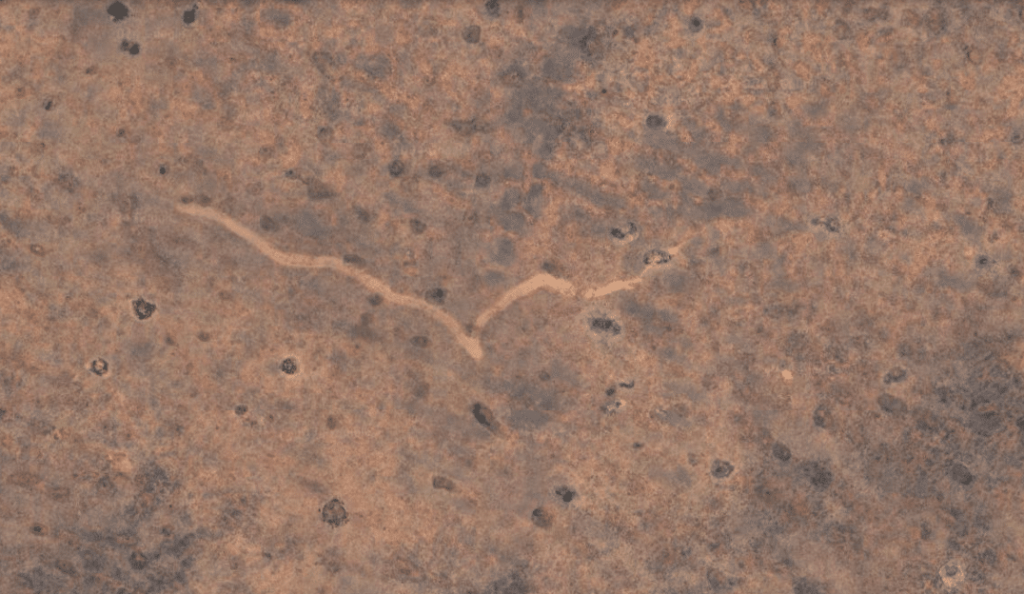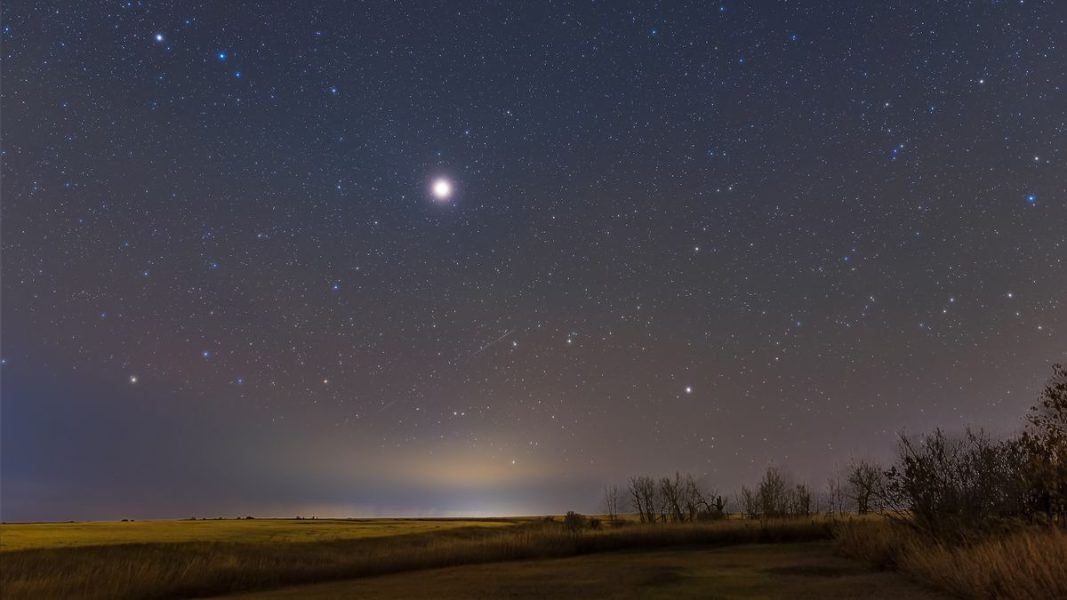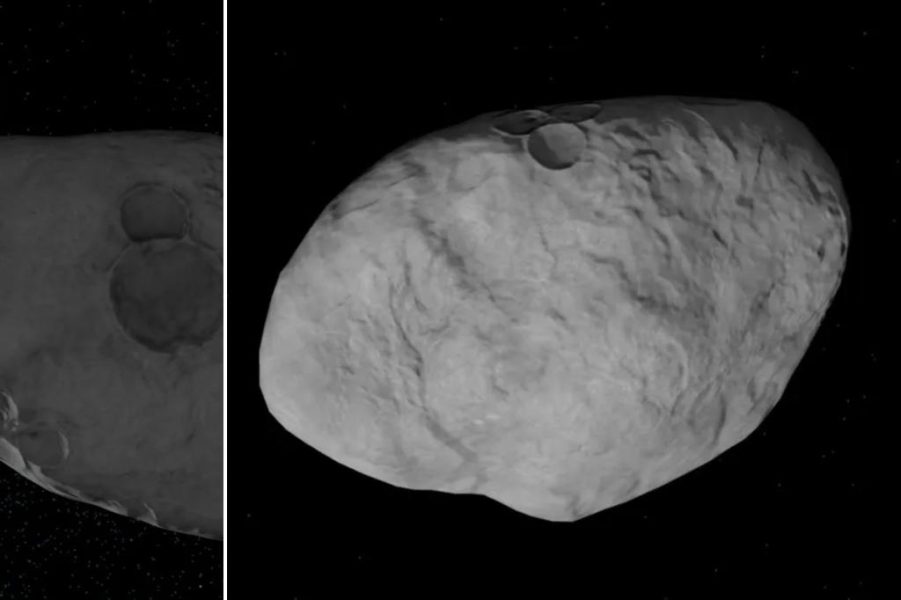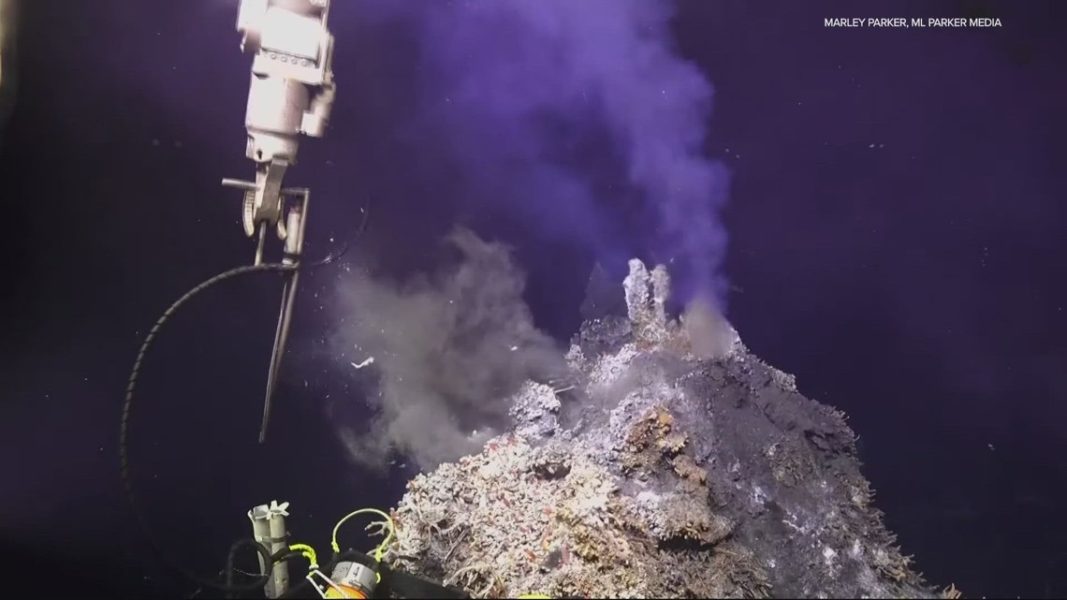Man Discovers Odd Shape on Google Earth : The country’s space agency confirmed what many suspected – The Daily Galaxy –Great Discoveries Channel

A stunning tornado scar has been uncovered on Australia’s Nullarbor Plain, revealing nature’s unpredictability in breathtaking detail. This rare find highlights the power of technology to unveil hidden wonders. Curious about the tornado’s intensity and what it means for weather forecasting? In a jaw-dropping find that shows just how wild and unpredictable nature can be, a tornado scar has been spotted on the Nullarbor Plain in southern Australia. This discovery isn’t just about the potential for crazy weather in places you wouldn’t expect; it’s also a shout-out to how technology helps us uncover these hidden wonders. Tornadoes are known for being loud, scary, and downright destructive, and this one sure left its mark.The tornado that hit the Nullarbor Plain didn’t mess around. It carved out a path stretching 6.8 miles long, with its width ranging from 525 to 820 feet. Winds likely whipped up to more than 124 miles per hour, making it a real force of nature. Even though it packed a punch, it didn’t last long—just between 7 to 13 minutes. In an interesting twist (literally), it spun clockwise as it moved east, leaving debris scattered behind.This surprising discovery was made by someone checking out satellite images on Google Earth. The Nullarbor Plain is a vast area known for being flat, dry, and treeless, stretching across South Australia and Western Australia. On the map, the scar looked like a long skinny line with a deep V shape—a telltale sign of where the tornado had danced through this remote region.This curious finding caught the attention of researchers from Curtin University in Perth. Geoscientist Matej Lipar, who led the study published in the Journal of Southern Hemisphere Earth Systems Science, dove deep into satellite images and weather data to figure out what happened. Between November 16 and 18, 2022, there was a low-pressure system combined with a cold front—perfect conditions for extreme weather like this tornado. The scar showed “cycloidal marks,” which are dead giveaways of tornado suction vortexes.Based on what they found, this tornado would probably rank as an F2 or F3 on the Fujita Scale—meaning “significant” or “severe” damage potential. Tornadoes that strong are pretty rare down under but tend to pop up during bigger thunderstorms that last longer.Meteorologist John Allen from Central Michigan University chimed in about how unusual these F2 and F3 twisters are in Australia compared to other parts of the world.Satellite imagery turned out to be a game-changer for spotting this weather event way off in no man’s land, showcasing its value as a tool for meteorologists tracking happenings in deserted areas. As Matej Lipar put it: “Without tech’s power, we might’ve missed out on witnessing nature’s incredible strength.” This study is a wake-up call that extreme weather can hit anywhere at any time, reminding us of both nature’s unpredictability and our growing ability to track it with advanced tech.Getting our heads around these dynamics not only boosts our knowledge but also gears us up better for future surprises Mother Nature might throw our way. As we keep digging into our planet’s weather mysteries with cutting-edge tech, we’ve got to stay alert about how these forces could impact our world—and be ready to tackle them when they do.Got a reaction? Share your thoughts in the commentsEnjoyed this article? Subscribe to our free newsletter for engaging stories, exclusive content, and the latest news.Comment Save my name, email, and website in this browser for the next time I comment.
© 2024 | Daily Galaxy | All rights reserved






